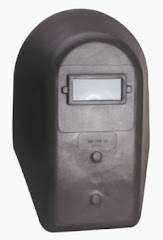miércoles, 31 de octubre de 2012
Common Customs Tariff - Tariff headings - Product containing 76.6% protein, 5% lactose and 2.1% fat, without detectable sugar, obtained by ultrafiltration - Classification under subheading 0404 90 33 of the Combined Nomenclature
Summary
The Common Customs Tariff must be interpreted as meaning that a product described as "75% whey protein concentrate", consisting as to 76.6% of protein, 5% of lactose and 2.1% of milk fat, without detectable sugar, obtained by the ultrafiltration of whey, must be classified under subheading 0404 90 33 of the Common Customs Tariff as "products consisting of natural milk constituents ..." in the version of that subheading in the annex to Commission Regulation No 3174/88 of 21 September 1988 amending Annex I to Council Regulation (EEC) No 2658/87 on the tariff and statistical nomenclature and on the Common Customs Tariff. Such a product, which no longer displays the essential characteristics of whey, cannot be classified under subheading 0404 10 as "whey, whether or not concentrated ... not containing added sugar or other sweetening matter".
Parties
In Case C-120/90,
REFERENCE to the Court under Article 177 of the EEC Treaty by the Bundesfinanzhof (Federal Finance Court) for a preliminary ruling in the proceedings pending before that Court between
Ludwig Post GmbH
and
Oberfinanzdirektion Muenchen (Regional Finance Directorate, Munich),
on the interpretation of subheadings 0404 10 11, "whey, whether or not concentrated ... not containing added sugar or other sweetening matter" and 0404 90 33, "products consisting of natural milk constituents ... not elsewhere specified or included, not containing added sugar or other sweetening matter, of a protein content by weight exceeding 42% and of a fat content by weight exceeding 1.5% but not exceeding 27%", of the Common Customs Tariff in the version annexed to Commission Regulation (EEC) No 3174/88 of 21 September 1988 amending Annex I to Council Regulation (EEC) No 2658/87 on the tariff and statistical nomenclature and on the Common Customs Tariff (Official Journal 1988 L 298, p. 1),
THE COURT (Second Chamber),
composed of: T.F. O' Higgins, President of the Chamber, G.F. Mancini and F.A. Schockweiler, Judges,
Advocate General: G. Tesauro,
Registrar: D. Louterman, Principal Administrator,
after considering the written observations submitted on behalf of:
Ludwig Post GmbH, by Barbara Festge, Rechtsanwalt, Hamburg,
The French Government, by Philippe Pouzoulet, Sous-Directeur des Affaires Juridiques, Ministry for Foreign Affairs, and Hélène Duchene, Secrétaire des Affaires Etrangères, in the same Ministry,
The Commission of the European Communities, by Jorn Sack, Legal Adviser, acting as Agent,
having regard to the Report for the Hearing,
after hearing oral argument presented on behalf of Ludwig Post GmbH and the Commission at the hearing on 7 March 1991,
after hearing the Opinion of the Advocate General at the sitting on the same day,
gives the following
Judgment
Grounds
1 By order of 13 March 1990, which was received at the Court Registry on 26 April 1990, the Bundesfinanzhof referred to the Court for a preliminary ruling under Article 177 of the EEC Treaty a question on the interpretation of subheadings 0404 10 11, "whey, whether or not concentrated ... not containing added sugar or other sweetening matter" and 0404 90 33, "products consisting of natural milk constituents ... not elsewhere specified or included, not containing added sugar or other sweetening matter, of a protein content by weight exceeding 42% and of a fat content by weight exceeding 1.5% but not exceeding 27%", of the Common Customs Tariff in the version annexed to Commission Regulation (EEC) No 3174/88 of 21 September 1988 amending Annex I to Council Regulation (EEC) No 2658/87 on the tariff and statistical nomenclature and on the Common Customs Tariff (Official Journal 1988 L 298, p. 1).
2 That question was raised in proceedings brought by Ludwig Post GmbH ("Post") against the Oberfinanzdirektion Muenchen concerning the tariff classification of a product described as "75% whey protein concentrate".
3 It is apparent from the documents in the proceedings before the national court that the product at issue is a powder obtained by ultrafiltration of whey, intended to be used in food preparations, containing 76.6% protein, 5% lactose and 2.1% fat, without detectable sugar. The proportion of lactose in the product represents only about one-fourteenth of the proportion usually contained in powdered whey.
4 In 1988, the Oberfinanzdirektion issued to Post a notice classifying the product in question under subheading 0404 90 33 of the combined nomenclature of the Common Customs Tariff (CCT). Post, on the other hand, considered that the product should be classified under subheading 0404 10 11 of the CCT.
5 In support of the claims made by it before the Bundesfinanzhof, Post maintained that it was apparent from the explanatory notes concerning heading 0404 of the CCT that the removal of part of the lactose from the product in question did not affect its character of "whey" within the meaning of subheading 0404 10 11. Post relied on scientific practice in the food industry and on trade usage.
6 In the grounds of its order for reference, the national court stated that it was inclined to share the view advocated by the Oberfinanzdirektion. In that connection, the Bundesfinanzhof referred in particular to the low lactose content of the product in question. Because of the low lactose content, the goods had lost the essential characteristics of the basic product and, as the Court held in its judgment in Case 40/88 Weber 1989 ECR 1395, could no longer qualify for the tariff classification made for that product. The product was thus not whey from which part of the lactose had been removed but modified whey with a low lactose content.
7 However, the national court considered that the interpretation of the tariff provisions in question raised certain doubts since, first, an amendment of the tariff rules was envisaged, whereby modified whey would be classified with "whey" under subheading 0404 10 of the CCT and, secondly, Post' s representative had contended that the customs authorities in certain Member States had classified powdered whey containing 75% protein and 3% lactose under subheading 0404 10 of the CCT.
8 In those circumstances, the Bundesfinanzhof stayed the proceedings and referred the following question to the Court for a preliminary ruling:
"Must the combined nomenclature (1988) be interpreted as meaning that a powder containing 76.6% milk protein, 2.1% milk fat and 5% lactose, without detectable sugar, obtained from the ultrafiltration of whey must be classified under subheading 0404 90 33 as a 'product consisting of natural milk constituents ...' or, if not, under subheading 0404 10 11 as 'whey ...' "?
9 Reference is made to the Report for the Hearing for a fuller account of the facts of the case, the procedure and the written observations submitted to the Court, which are mentioned or discussed hereinafter only in so far as is necessary for the reasoning of the Court.
10 In its question, the national court seeks essentially to determine whether the CCT must be interpreted as meaning that a product called "75% whey protein concentrate", which has been obtained by ultrafiltration of whey and contains 76.6% protein, 5% lactose and 2.1% fat, without detectable sugar must be classified under subheading 0404 90 33 of the CCT, "products consisting of natural milk constituents ..." or, being whey, should be classified under subheading 0404 10 11 of the CCT.
11 In replying to that question, it must first be pointed out that the Court has consistently held (most recently in the judgment in Case C-384/89 Tomatis [1991] ECR I-127, that, having regard to the imperatives of legal certainty and ease of verification, the decisive criterion for the tariff classification of goods must be sought generally in their objective characteristics and qualities, as defined in the headings and subheadings of the CCT, and in the notes to the sections or chapters.
12 In that connection, it must be stated in the first place that subheadings 0404 10 and 0404 90, which come under heading 0404 of the CCT, cover two groups of products described respectively as "whey, whether or not concentrated or containing added sugar or other sweetening matter" (subheading 0404 10) and "products consisting of natural milk constituents, whether or not containing added sugar or other sweetening matter, not elsewhere specified or included" (subheading 0404 90).
13 Secondly, the explanatory notes on the harmonized commodity description and coding system concerning heading 0404 of the CCT make it clear that whey is made up of the natural constituents of milk which remain after the fat and casein have been removed. Furthermore, according to those explanatory notes, part of the lactose or some minerals may be removed from the whey and it may be concentrated.
14 It is therefore necessary to compare the proportion of lactose contained in whey and in a product such as the one at issue in this case in order to determine whether the latter product can be regarded as whey from which part of the lactose has been removed, within the meaning of the explanatory notes.
15 As the national court indicated in its order for reference, the product obtained from milk, after the removal of fat and casein, normally contains 70% lactose as against 10 to 14% albumin, and that view was also confirmed by the Commission. However, it is apparent from the order for reference that the lactose content of the product in question in this case is only 5%.
16 The Court has already held that, to be classifiable under a given subheading of the CCT, a product must contain the essential constituents of the basic product in proportions which do not differ substantially from those of the basic product (see the judgment in Case 40/88 Weber, supra).
17 That requirement is not fulfilled in the case of a 75% whey protein concentrate of the type at issue in this case since, first, the proportion of lactose in that product is no more than about one-fourteenth of the proportion usually contained in powdered whey and, secondly, as a result of the removal of almost all the lactose the respective proportions of the other constituents of the whey have also changed substantially.
18 In those circumstances, such a product no longer displays the essential characteristics of the basic product "whey" and, in view of the low lactose content by comparison with the normal proportion which that constituent accounts for, the product cannot be regarded as whey from which part of the lactose has been removed, within the meaning of the explanatory notes. Accordingly, a product of that kind cannot be classified under subheading 0404 10 of the CCT.
19 On the other hand, it must be stated that, having regard to the composition of the product as described in the order for reference, a 75% whey protein concentrate of the type at issue in this case displays the objective characteristics defined in the wording of tariff subheading 0404 90 33.
20 It is a product consisting of natural constituents of milk, containing 76.6% protein, that is to say more than 42% as required by the wording of the subheading in question, whose fat content of 2.1% is within the prescribed range (between 1.5 and 27%) and for which the requirement of no added sugar or other sweeteners is satisfied by the absence of detectable sugar.
21 Accordingly, a 75% whey protein concentrate of the type at issue in this case is, for the purposes of tariff classification, a product consisting of natural constituents of milk, within the meaning of subheading 0404 90 33 of the CCT.
22 That conclusion is confirmed by the fact that the Nomenclature Committee of the Customs Cooperation Council decided, having regard to the rules as they stand at present, to classify modified whey under subheading 0404 90 of the CCT.
23 As the Commission has correctly pointed out, the fact that on that occasion the Nomenclature Committee stated that it considered that it would be desirable in the future to amend the nomenclature so as to bring natural whey and modified whey both under subheading 0404 10 of the CCT and that that view was adopted on 5 July 1989 by the Customs Cooperation Council in the form of a recommendation addressed to the Member States, which will be implemented in Community legislation with effect from 1 January 1992, is not relevant to the interpretation of the present version of the CCT.
24 Similarly, neither the alleged trade usage nor any divergent application of the rules in certain Member States can influence the interpretation of the CCT which is based on the wording of the tariff headings.
25 It follows from the foregoing considerations that it must be stated in reply to the question submitted by the national court that the CCT must be interpreted as meaning that a product described as "75% whey protein concentrate", consisting as to 76.6% of protein, 5% of lactose and 2.1% of milk fat, without detectable sugar, obtained by ultrafiltration of whey, must be classified under subheading 0404 90 33 of the CCT as "products consisting of natural milk constituents ..." in the version of that subheading in the Annex to Regulation No 3174/88.
Decision on costs
Costs
26 The costs incurred by the French Government and the Commission of the European Communities, which have submitted observations to the Court, are not recoverable. Since these proceedings are, so far as the parties to the main proceedings are concerned, in the nature of a step in the action pending before the national court, the decision on costs is a matter for that court.
Operative part
On those grounds,
THE COURT (Second Chamber),
in reply to the question submitted to it by the Bundesfinanzhof by order of 13 March 1990, hereby rules:
The Common Customs Tariff must be interpreted as meaning that a product described as "75% whey protein concentrate", consisting as to 76.6% of protein, 5% of lactose and 2.1% of milk fat, without detectable sugar, obtained by the ultrafiltration of whey, must be classified under subheading 0404 90 33 of the Common Customs Tariff as "products consisting of natural milk constituents ..." in the version of that subheading contained in the annex to Commission Regulation No 3174/88 of 21 September 1988 amending Annex I to Council Regulation (EEC) No 2658/87 on the tariff and statistical nomenclature and on the Common Customs Tariff.
martes, 2 de octubre de 2012
Una vez que se concluya la terminal intermodal de Santa Teresa en Nuevo México hacia marzo de 2014, la ferroviaria estadounidense Union Pacific anticipa que se fortalecerán las conexiones ferroviarias que atenderán a la industria manufacturera de la frontera mexicana, en especial al sector automotriz y detallista.
John E.Kaiser, Vicepresidente y director general de la división intermodal de Union Pacific, dijo que con la terminal de Santa Teresa, que se localiza en la cercanía del El Paso, Ciudad Juárez, se pretende apoyar al mercado mexicano.
El sitio de instalación del carril se encuentra justo al Oeste del aeropuerto de Santa Teresa e incluirá instalaciones de abastecimiento de combustible, edificios para cambio de tripulación, pistas de inspección locomotora, una rampa de intermodal y un patio de conmutación.
"Santa Teresa está bajo construcción, pero hemos comprado muchas propiedades podemos triplicar nuestra capacidad, para los clientes de manufactura que quisieran ampliar sus capacidades, e intencionalmente hemos comprado terrenos alrededor para poder apoyar este desarrollo".
Union Pacific planea invertir en la terminal de Santa Teresa cerca de 400 millones de dólares para el desarrollo total del proyecto, que comenzó en agosto de 2011 e incluirá instalaciones de abastecimiento de combustible, pistas de inspección para locomotoras, rampa de intermodal y un patio de interconexión.
El directivo destacó que con las terminales actuales de Union Pacific no se tiene capacidad suficiente, para dar servicio a ciudades como Los Ángeles o Chicago, pero cuando la terminal de Santa Teresa se abra, se podrá dar servicio a toda la costa Oeste y Este, “vamos a mejorar muchísimo los mercados que tenemos y mucho de esto tiene que ver con empresas de maquila, transportistas y del sector automotriz que quieren ir a Estados Unidos y obviamente ese va a ser nuestro mercado objetivo el que viene de Juárez así como las ferrovías de Chihuahua".
Corea del Sur busca TLC con México
Corea del Sur busca TLC con México
El embajador de la República de Corea del Sur, Seong-Hoa Hong, refrendó el interés “apremiante” por celebrar un Tratado de Libre Comercio con México, mismo que buscarán concretar una vez finalizada la transición del gobierno federal.
Durante el seminario “Oportunidades comerciales con Corea del Sur”, destacó que México es el primer socio comercial estratégico de su país en América Latina, por su cooperación en temas bilaterales y globales como miembros de organismos como G20, APEC y OCDE.
De acuerdo con información de la Dirección de Análisis y Evaluación de Proyectos de la Secretaría de Fomento Económico, con datos del Banco de México, en 2011 las exportaciones de México a Corea del Sur fueron de 1,521 millones 885,000 dólares.
En tanto que las importaciones fueron de 13,663 millones 756,000 dólares, y tan sólo para el período enero-junio de 2012 las exportaciones suman 839 millones 350,000 dólares y las importaciones son de 6,629 millones 539,000 dólares.
El diplomático resaltó que su país, cuya población asciende a 50 millones de habitantes, no cuenta con recursos naturales suficientes, puesto que sólo produce 20% de su propia demanda de abastecimiento e importa el resto.
Por ello, exhortó a los empresarios yucatecos presentes en la reunión celebrada en la Cámara Nacional de la Industria de la Transformación (Canacintra) a explorar las oportunidades en ese sector.
Tras manifestar el interés del sector empresarial de su país por aplicar inversiones en Yucatán en el sector agropecuario, destacó que este país demanda mensualmente 500 toneladas de carne de cerdo yucateco.
Resaltó las favorables condiciones para la inversión coreana en Yucatán como la ubicación geográfica, principalmente por su cercanía con Estados Unidos, la excelente calidad de la mano de obra y la seguridad del estado.
Por su parte, el secretario de Fomento Económico, Víctor Cervera Hernández, informó que hay nueve países a menos de 1,000 kilómetros de distancia de la Península de Yucatán, y “nuestro principal socio comercial es Estados Unidos, que está a escasas 36 horas por barco y a 1.4 horas por avión”.
Busca China aumentar inversión en México
La Inversión Extranjera Directa (IED) de China en México ya superó los 500 millones de dólares, cifra aún "insuficiente" para el país oriental, por lo que ese tema será uno de los primeros que se abordarán con el equipo económico del presidente electo, Enrique Peña Nieto.
Chen Yuming, consejero Económico y Comercial de la Embajada de China en México, dijo también que hay interés de empresarios chinos para instalarse en nuestro territorio en sectores como la minería, infraestructura, hidroeléctrica y agrícola, y en los que ya se tiene presencia y proyectos en puerta, como metalúrgica y textil, y con Petróleos Mexicanos.
En entrevista con EL FINANCIERO durante la ceremonia de conmemoración del 63 aniversario de la proclamación de la República Popular China comentó que su país mantiene el interés de negociar un tratado de libre comercio (TLC) con México, aunque persisten "obstáculos".
Celebró la reforma laboral aprobada por la Cámara de Diputados, al calificarla como un "atractivo" para la llegada de nuevas inversiones.
Insistió en que buscarán aumentar la inversión china en México, y "eso lo trabajaremos con el comité de transición económica del nuevo gobierno (porque) para 2013 hay muchas empresas chinas con interés de invertir en México".
Al hacer un balance de la relación México-China apuntó que en 2011 el comercio bilateral alcanzó los 33 mil 300 millones de dólares, de los cuales la exportación mexicana representa una tercera parte.
Dijo que a pesar de que existe un balance negativo para México, "dentro de la importación mexicana hay 70 por ciento de productos de materia de intermediarios, es decir que México lo importa y lo manufactura, y luego lo exporta a Estados Unidos u otros países".
Sobre si incluirán en la agenda con Peña Nieto la posibilidad de concretar un TLC con México, el consejero dijo que ese tema "sí ocupará un lugar importante", y sostuvo que China siempre ha estado abierta a las negociaciones.
"Para nosotros un tratado comercial es muy positivo y queremos llevarlo a cabo, pero hasta la fecha tenemos un obstáculo: el gobierno mexicano no reconoce el estatus de una economía de mercado a China y por eso no podemos avanzar; pero China mantiene el interés y estamos esperando que el nuevo gobierno colabore para aumentar la envergadura de las relaciones bilaterales."
Avances
En la ceremonia, el embajador de China en México, Zeng Gang, resaltó que pese a las dificultades por las que atraviesa la economía mundial, el país oriental registra un crecimiento "estable", que hasta el primer semestre fue de 7.8 por ciento y al cierre del año se calcula en 8 por ciento.
Refirió que de enero a julio la facturación de las importaciones y exportaciones chinas alcanzó los dos billones 460 mil millones de dólares, cifra que representa un aumento de 7 por ciento en comparación con igual lapso del año anterior.
De esa cifra, anotó, un billón 130 mil millones de dólares son por concepto de exportaciones, y un billón 330 mil millones por importaciones, lo que significa un aumento de 7.8 y 6.4 por ciento, respectivamente.
Suscribirse a:
Comentarios (Atom)




..bmp)

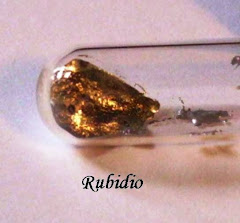


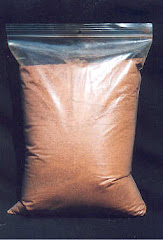..jpg)
..jpg)
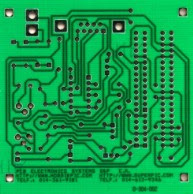
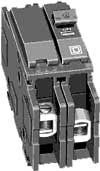
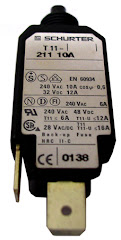




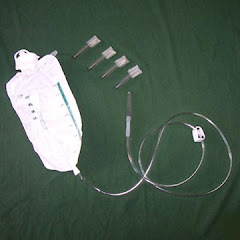.jpg)
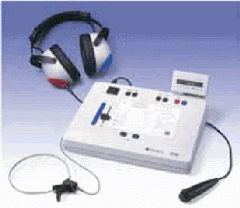.gif)
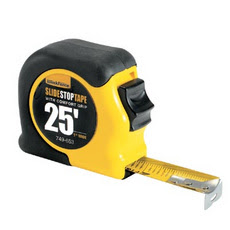.jpg)

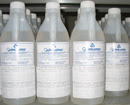
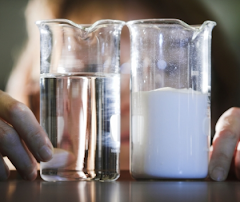
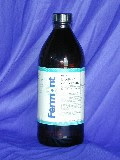



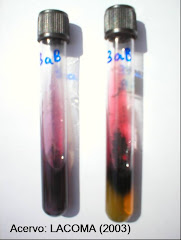
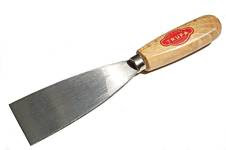
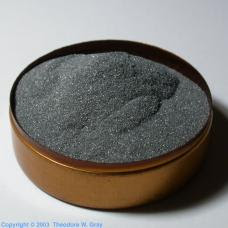..jpg)

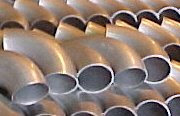+Stainless+steel+elbow.bmp)
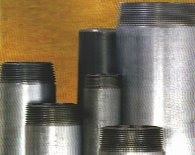
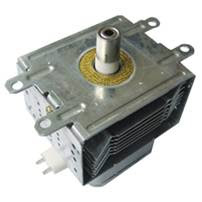
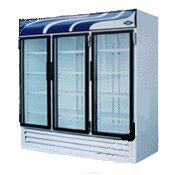
..jpg)
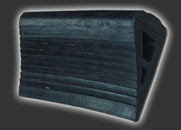
..jpg)

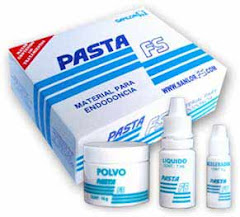..jpg)




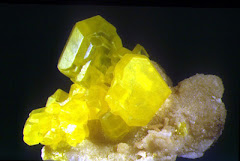
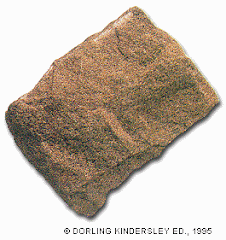
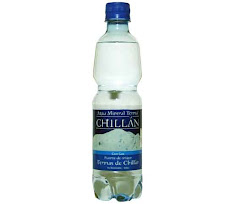
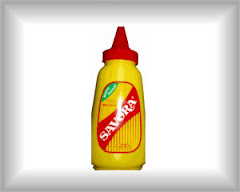

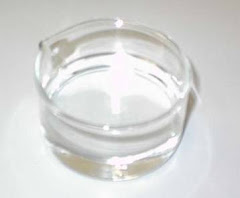

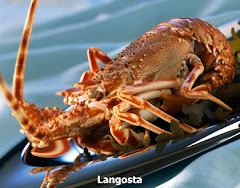



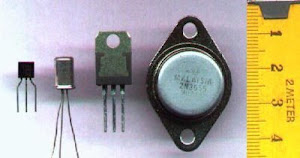
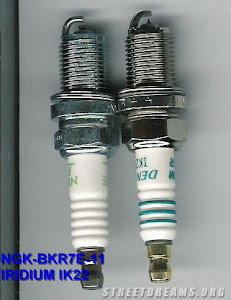


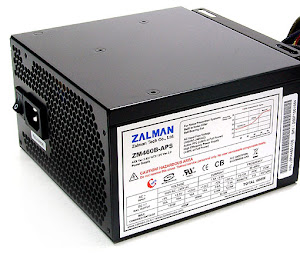..jpg)
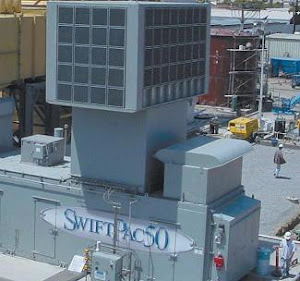..jpg)

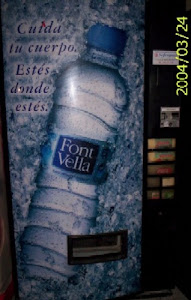
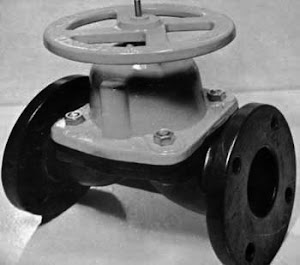..jpg)

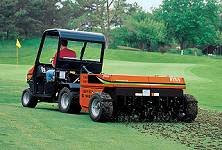
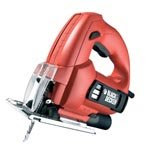

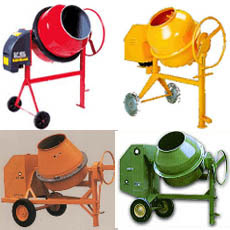

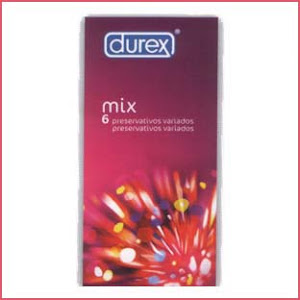
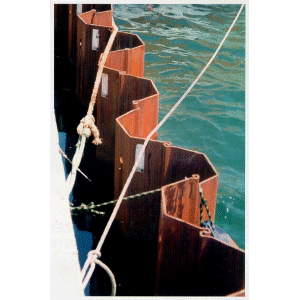Tablestacas..gif)

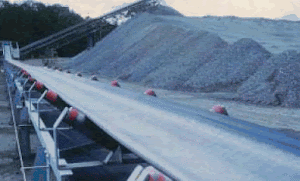.gif)
.bmp)

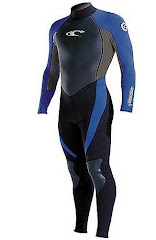

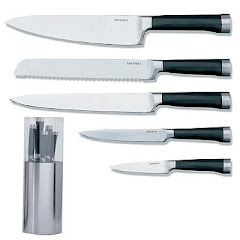
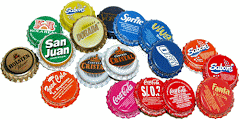


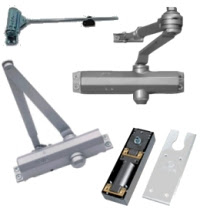
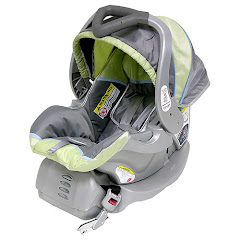
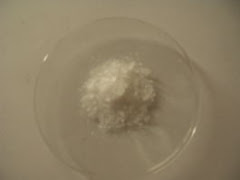
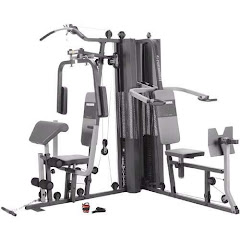
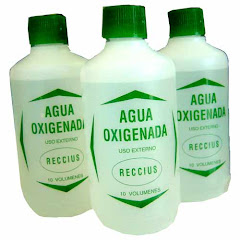..jpg)

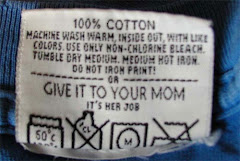
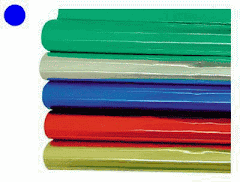
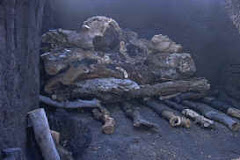.jpg)


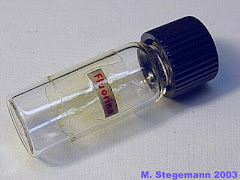
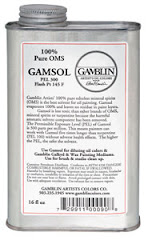..jpg)
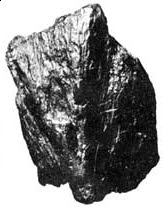
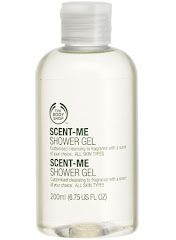
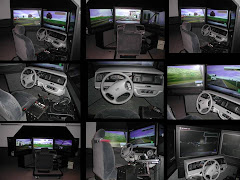
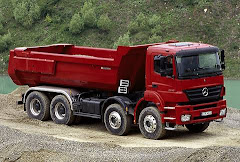.jpg)



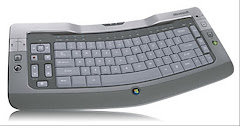
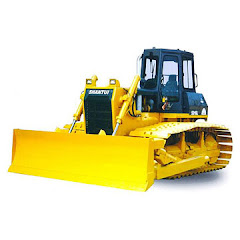..jpg)
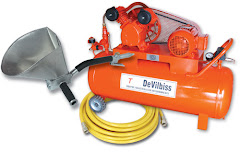
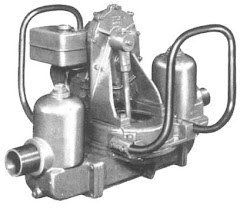

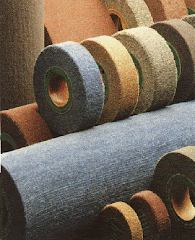.gif)

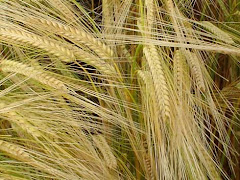


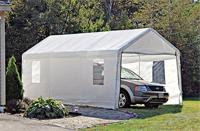..jpg)

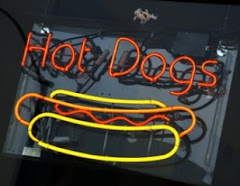

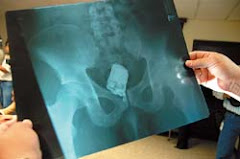
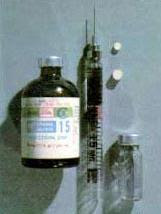
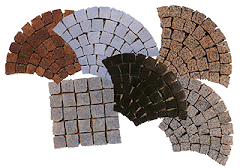
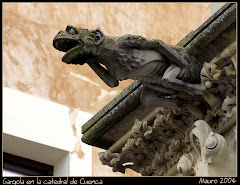
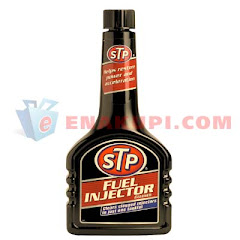
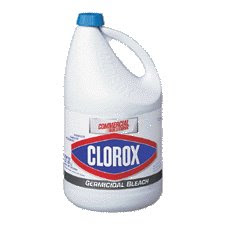



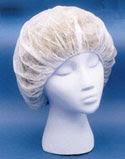

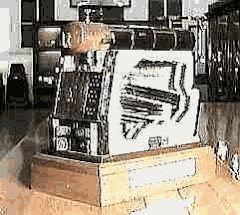
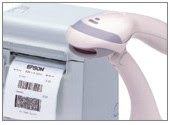
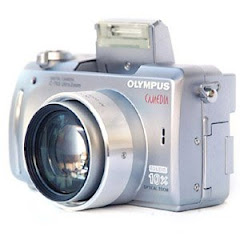
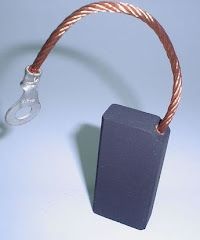
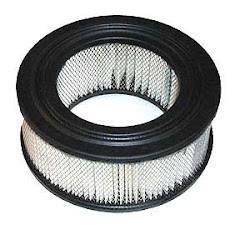
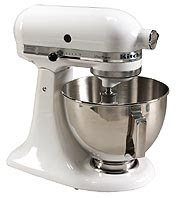

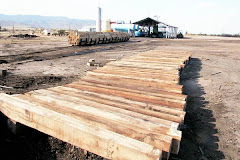+de+madera+para+vias,sin+impregnar.jpg)
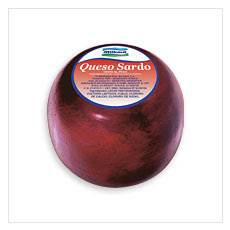

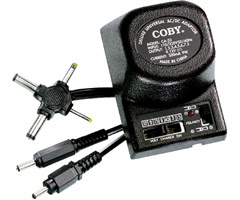




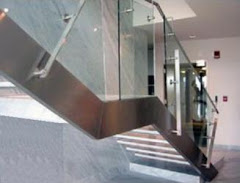
..jpg)

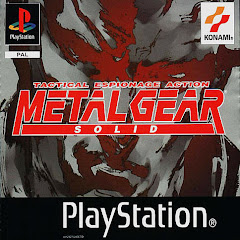
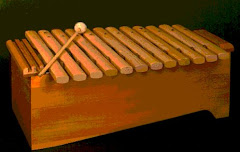
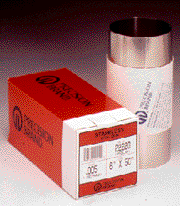.gif)
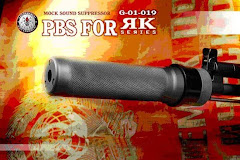

..jpg)
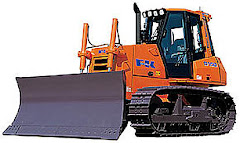+de+oruga.jpg)
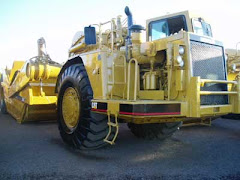
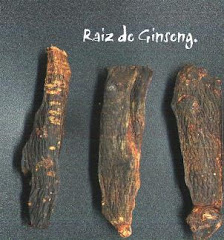

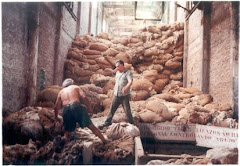
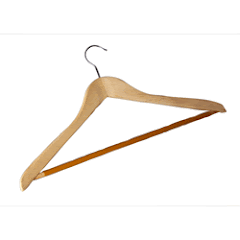
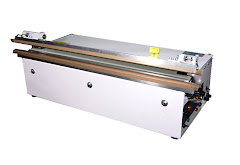
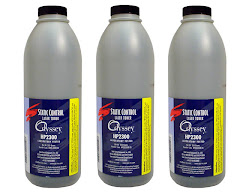
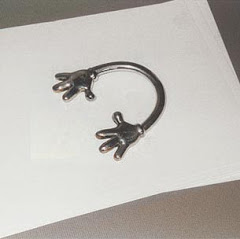

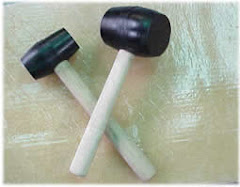
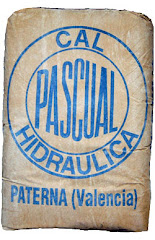




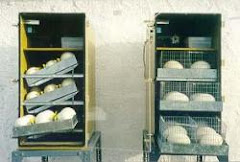

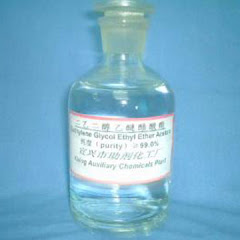
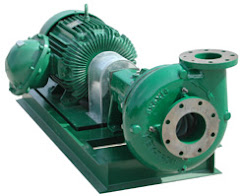
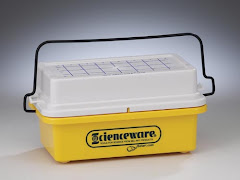+BEL-ART.jpg)
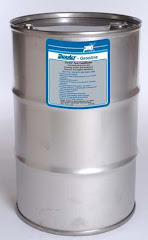

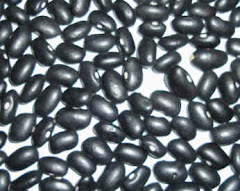
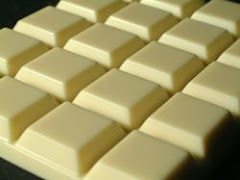





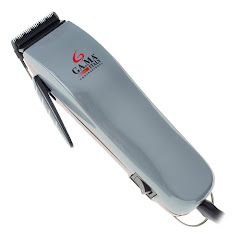

.jpg)
..jpg)
.gif)
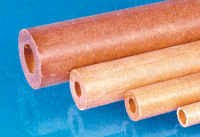..bmp)

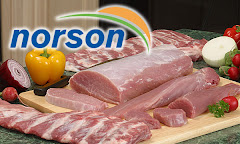
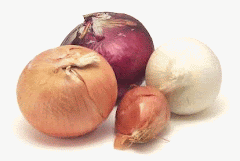
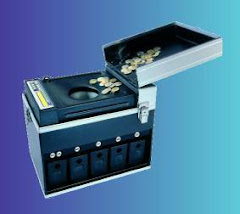
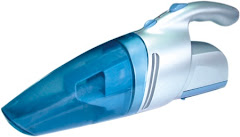
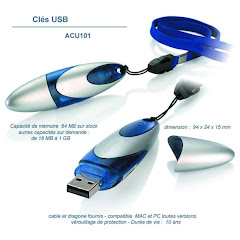.bmp)
